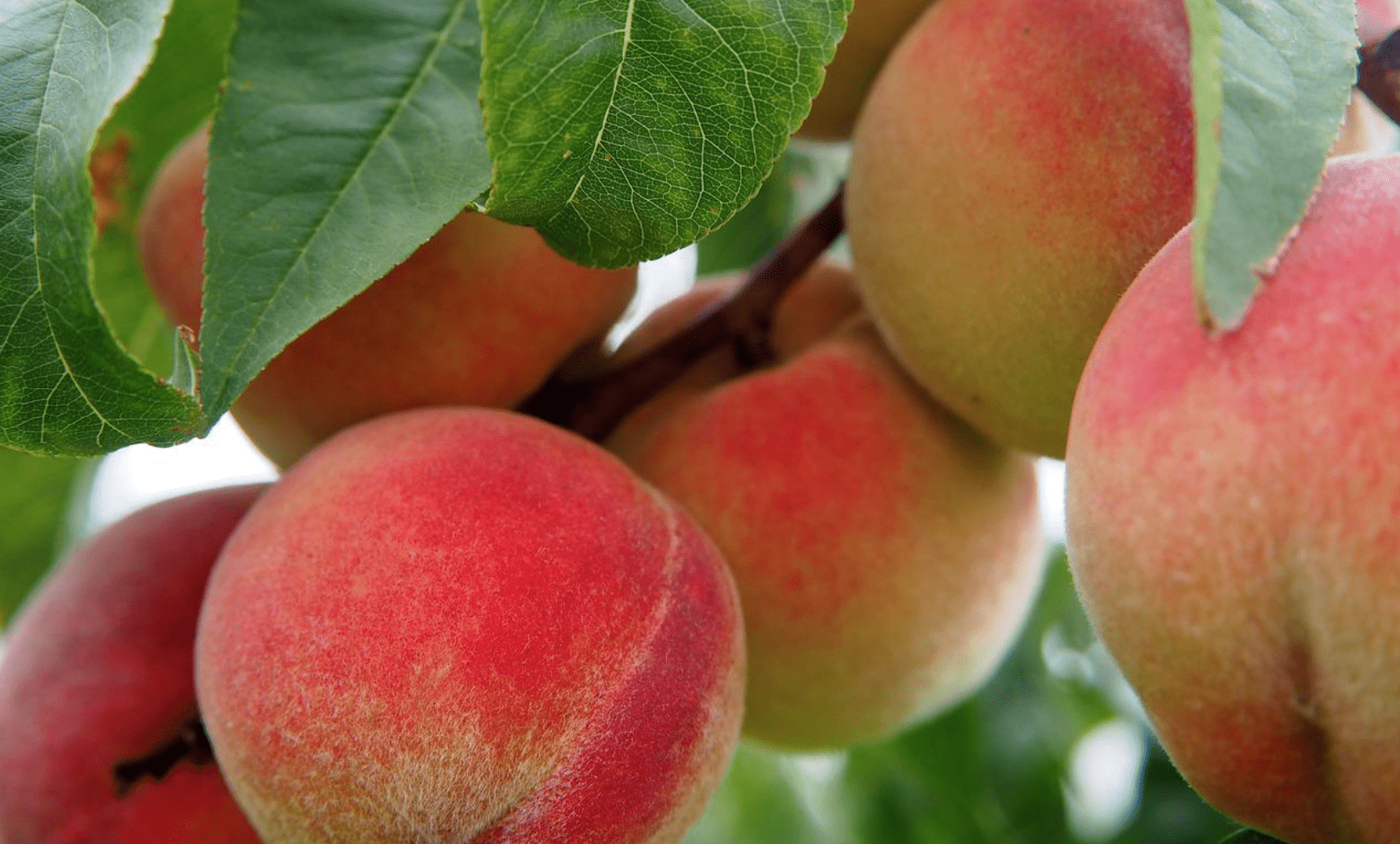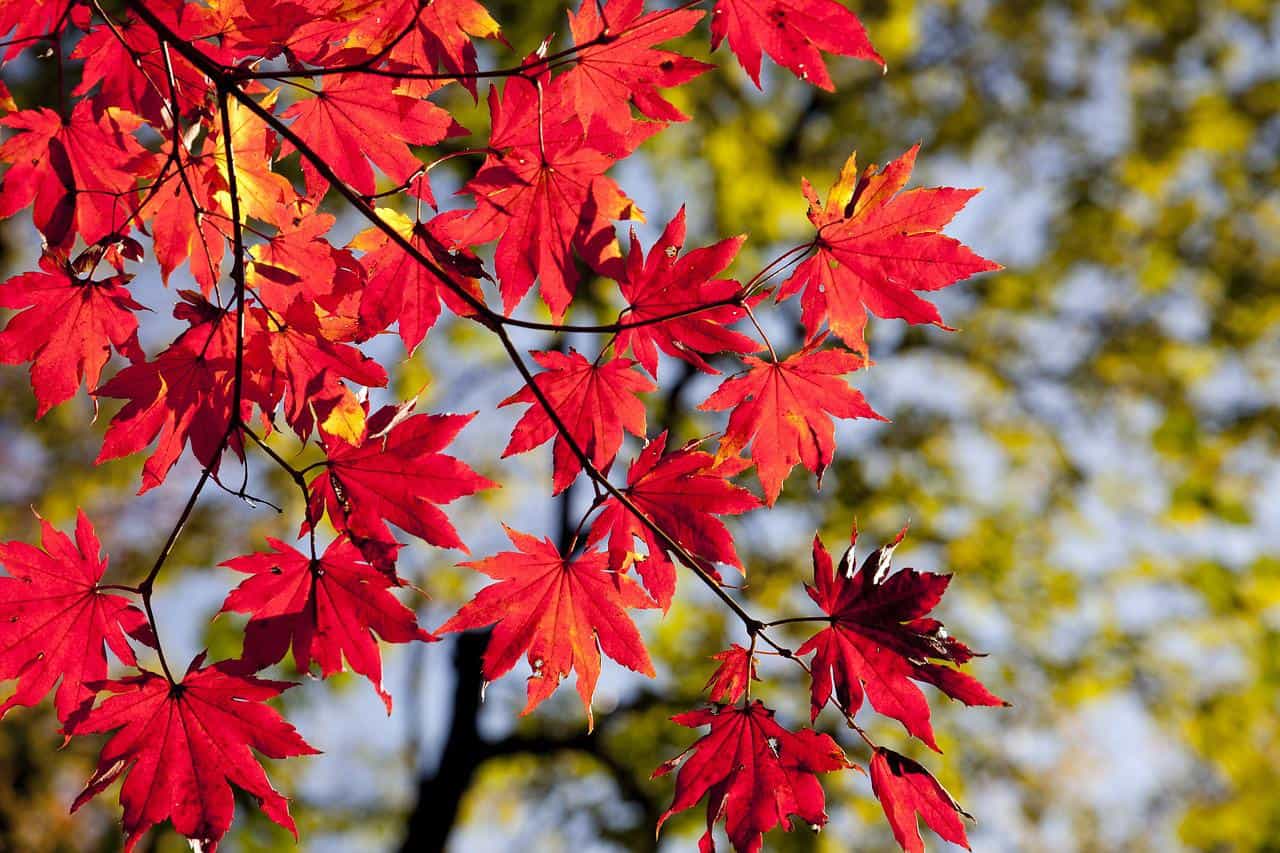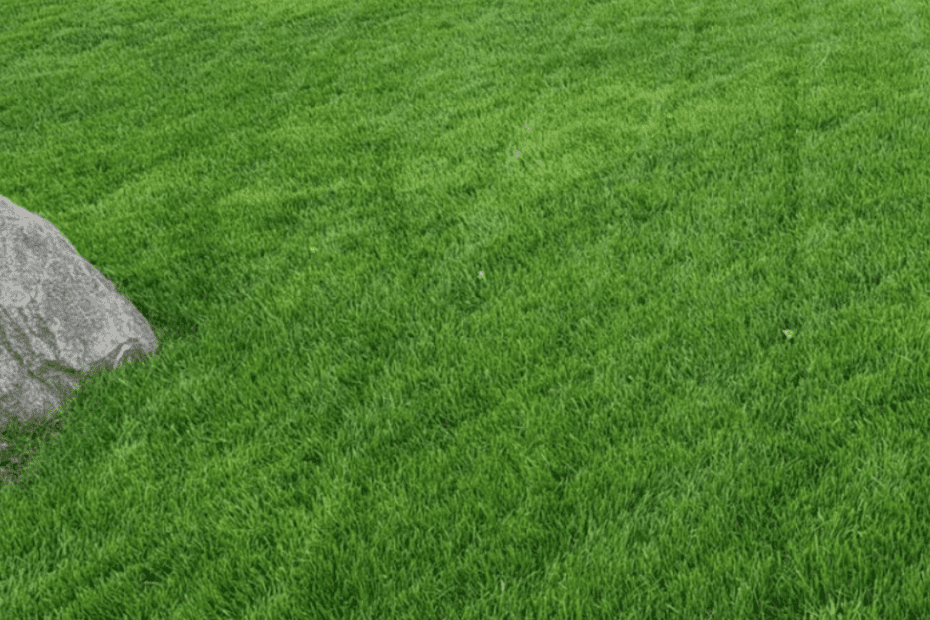When to Fertilize Lawns and How to Do It Right
Fertilizer is a crucial ingredient for keeping your lawn verdant and full of nutrients. But lawn fertilization is far from straightforward. It can be confusing to figure out when to fertilize a lawn and what factors influence it. It’s important that it’s applied the right way.
We believe there’s a science to when to fertilize lawns, which requires you to take into account several considerations. Let’s go into the optimal lawn fertilizer schedule, the best fertilizer for grass, and how often you should be thinking about getting out the fertilizer.
What Does Lawn Fertilizer Do?
Fertilizer should be viewed as a necessity, not an option. Most soil is deficient in something, which means you can water as much as you like, but you’ll never unlock the potential in your yard without using it.
The best grass fertilizer will always contain important elements essential to grass growth, such as nitrogen, potassium, and phosphorus. Likewise, you don’t want too much of one element, or you could destroy the roots.
For example, nitrogen is critical to your lawn, but if there’s too much in the soil, it’ll burn out the grassroots and leave you with a patchy green carpet.
That’s why you need to know about your soil, what it has, and what it doesn’t. Getting it right will make your lawn the standout of your neighborhood.
When Should I Fertilize My Lawn?
So you’re at the point of trying to figure out when to fertilize a lawn and what’s going to work best for your soil.
Although using fertilizer in spring is undoubtedly the ideal time to use it, there’s more to the issue than that when defining your lawn fertilizer schedule.
Let’s go into some other factors that influence successful lawn fertilization.
Soil Temperature
A common misconception among gardeners is that the air temperature counts. The absolute best time to fertilize your lawn is based on your soil’s temperature. Look for 55 degrees Fahrenheit before fertilizing. As a general rule of thumb, this is when the lilacs will first begin to bloom and when the grass initially starts to grow.
If you want more accuracy on when to fertilize lawns, buy a soil thermometer to check the temperature at any time.
Some parts of the country may vary when it comes to the best time to fertilize a lawn, but for most people, mid-April is the time for that first application of fertilizer.
Time of Day
The right time of day to fertilize your lawn is a matter of some debate. Some people say early in the morning, and others say late in the evening. Everyone can agree that you should never fertilize when direct sunlight hits your lawn.
Try fertilizing in the morning, and you’ll have the added advantage of letting the soil maximize the number of nutrients your grass can absorb while soaking up the morning dew. It’s also the coolest part of the day.
The Seeding Process
Traditionally, most people would apply fertilizer after seeding, as is recommended with many fruits and vegetables. Truthfully, the best time to fertilize a lawn is before seeding and during seeding.
Use fertilizers that offer a quick release of nutrients, particularly nitrogen, to help your lawn grow faster.
When you make lawn fertilization an active part of the seeding process, your grass will grow quicker and more robust.
Weather
Watch the weather before putting down fertilizer. Some people think that applying fertilizer in spring just before heavy rain can substitute for watering. Heavy downpours lead to run-off and can wash away your fertilizer before it has the chance to work its magic. In other words, you will have completely wasted your fertilizer.
Instead, check up on the weather and fertilize just after the rain. Fertilizing just after a light rain will mean there’s already sufficient water within the soil to absorb nutrients properly.
You want to avoid fertilizing during scorching weather, as it can be difficult to spread your fertilizer evenly. An uneven spread can lead to irregular growth.
Grass Type
The climate is important, but so is the type of grass. All gardeners understand that grass is not just grass. Cool-season grasses may not be fertilized until the late spring, and only if absolutely necessary.
The slow-growing warm-season grasses, such as Bermuda and St. Augustine, need to be fertilized throughout spring. In this case, how much you fertilize will be determined by how much water your lawn is receiving. Generally, you should be reapplying with these grasses every six to eight weeks.
How Often Should I Fertilize My Lawn?
Lawn fertilization has its benefits, but your lawn can have too much of a good thing. You don’t want to overdo it.
Generally, lawns should receive a full feeding five or six times per year. A grass fertilizer with nitrogen is most effective when your lawn is already growing.
There are no silver bullets for fertilization. Keep a watchful eye on how the grass is growing. Thick, green grass likely already has all the nutrients required. It’s possible to skip a feeding, in this case.
If the grass is starting to look brown or black, it can still be saved, but you’ll need to offer some extra TLC.
Tips for Successful Lawn Fertilization
Proper technique can help unlock the potential of any good fertilizer. Here are the rules for getting the most out of any fertilizer for your lawn.
- Keep family and friends away from your lawn for 24-48 hours after fertilizing. You don’t want your nutrients being thrown around. Plus, it can be unsafe for pregnant women and children.
- Allow the lawn to completely dry after watering. Once your lawn is dry, you know that the nutrients have been completely absorbed into the roots.
- Don’t use too much fertilizer. Overuse is a common problem, and it’s why some lawns look like they’ve had sections burned out of them.
- Let your grass clippings rest on top. Decomposing grass clippings can help recycle many of the nutrients inherent within the grass.
- Choose the right fertilizer. There’s a vast difference between the various fertilizers on the market. Use Dr. JimZ fertilizer to get the explosive growth you’re looking for while preserving the health of your lawn.
Like anything, developing your green fingers takes time. Utilize best practices when growing your lawn, and you will gradually discover what works and what doesn’t.
Conclusion
Your lawn needs nutrients like any living creature. Give your yard only the best with Dr. JimZ fertilizer to supercharge your growth and get the thick, verdant grass you expect.
Dr. JimZ grass fertilizer uses generational knowledge to give your lawn the organic, natural ingredients needed to unlock its growth potential. To learn more about how our fertilizer’s secret sauce works, get in touch with Dr. JimZ now.



